Research
Discover how we are using our broad knowledge and cutting-edge techniques to benefit both people and the planet.
Our unique collections and world-class expertise are helping to tackle the biggest challenges facing the world today.
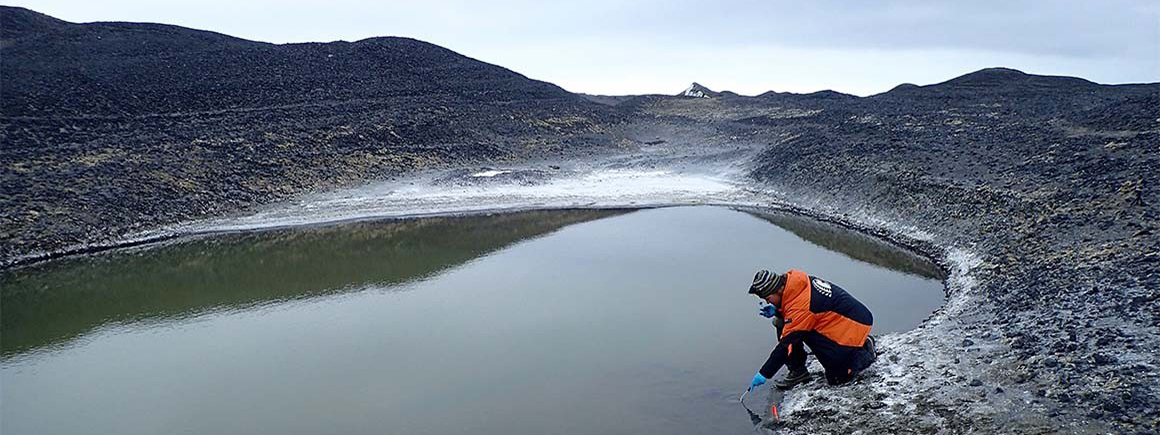
Discover how we are using our broad knowledge and cutting-edge techniques to benefit both people and the planet.
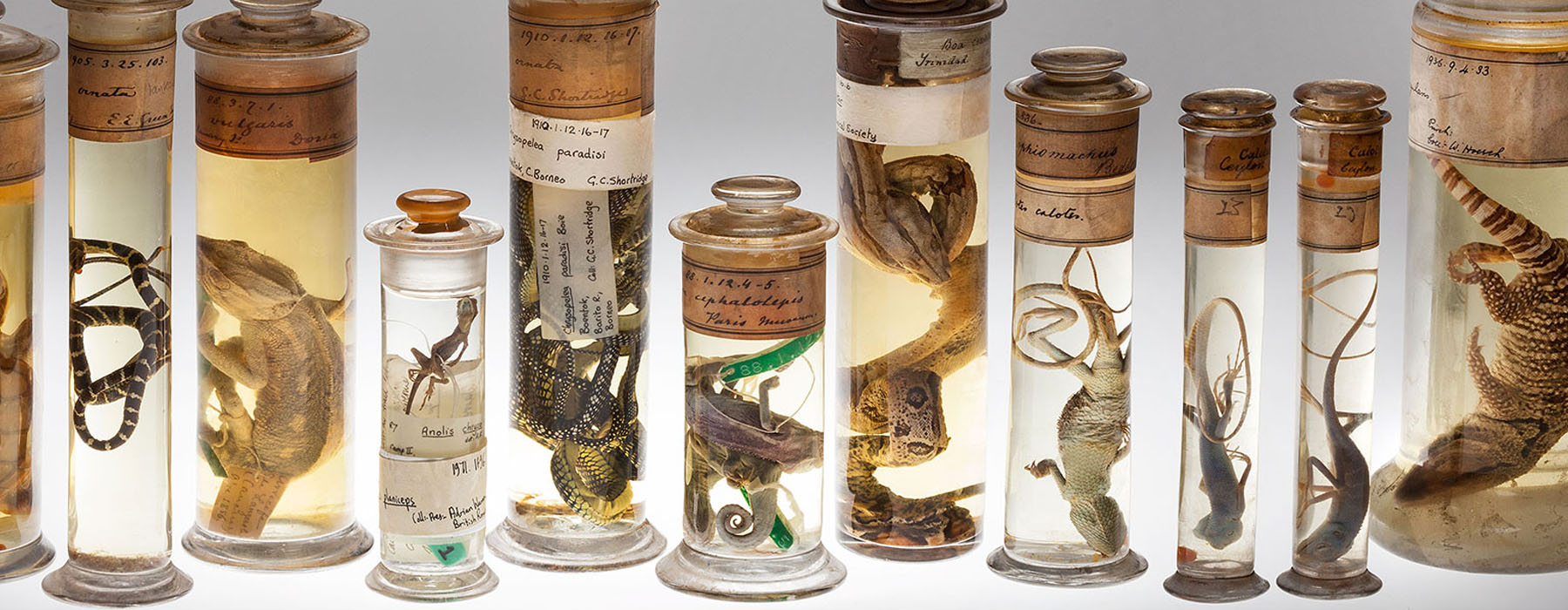
Find out how you can access our world-renowned collections as well as our data, library, labs and other science facilities.

Search our directory of 300+ scientists from across the Museum.

Study alongside Museum scientists in our range of masters, PhD and training programmes or find out about our conferences and seminars.

We’re moving some of the collections to a new science and digitisation centre.

New analysis from our scientists reveals that current conservation efforts are not adequately protecting the most critical ecosystem services.

Over the last year, our scientists have been describing a dizzying array of new species.
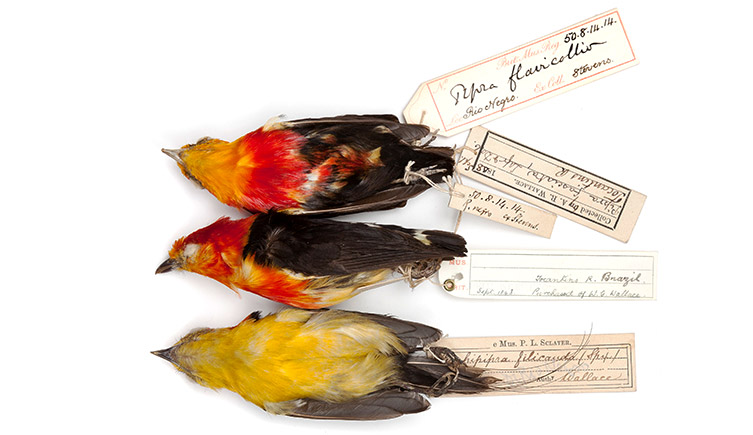
18 November 2025
Explore collections-based ornithological research in a changing world at the British Ornithologists’ Union autumn conference.
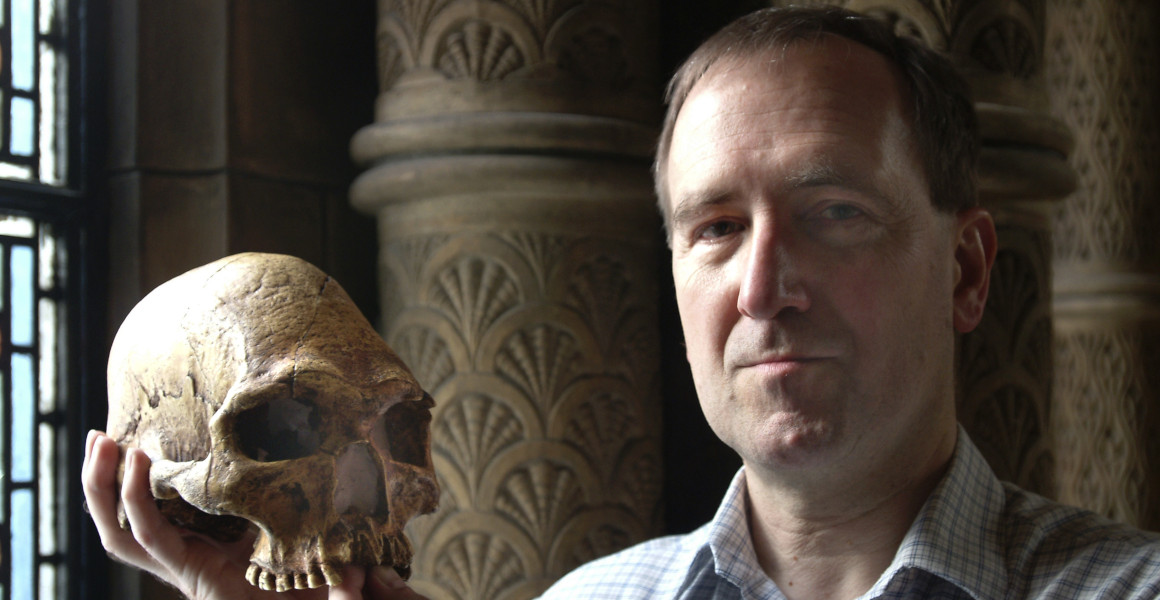
Professor Chris Stringer, our longest-serving researcher, is set to be honoured for his contributions to human evolution.
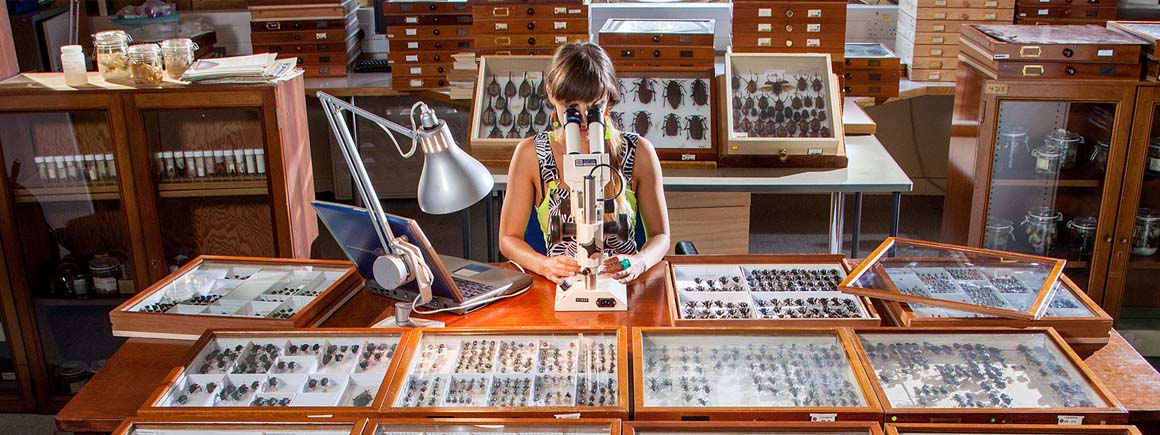
Opportunities for employment, work experience and volunteering are advertised on our jobs page.